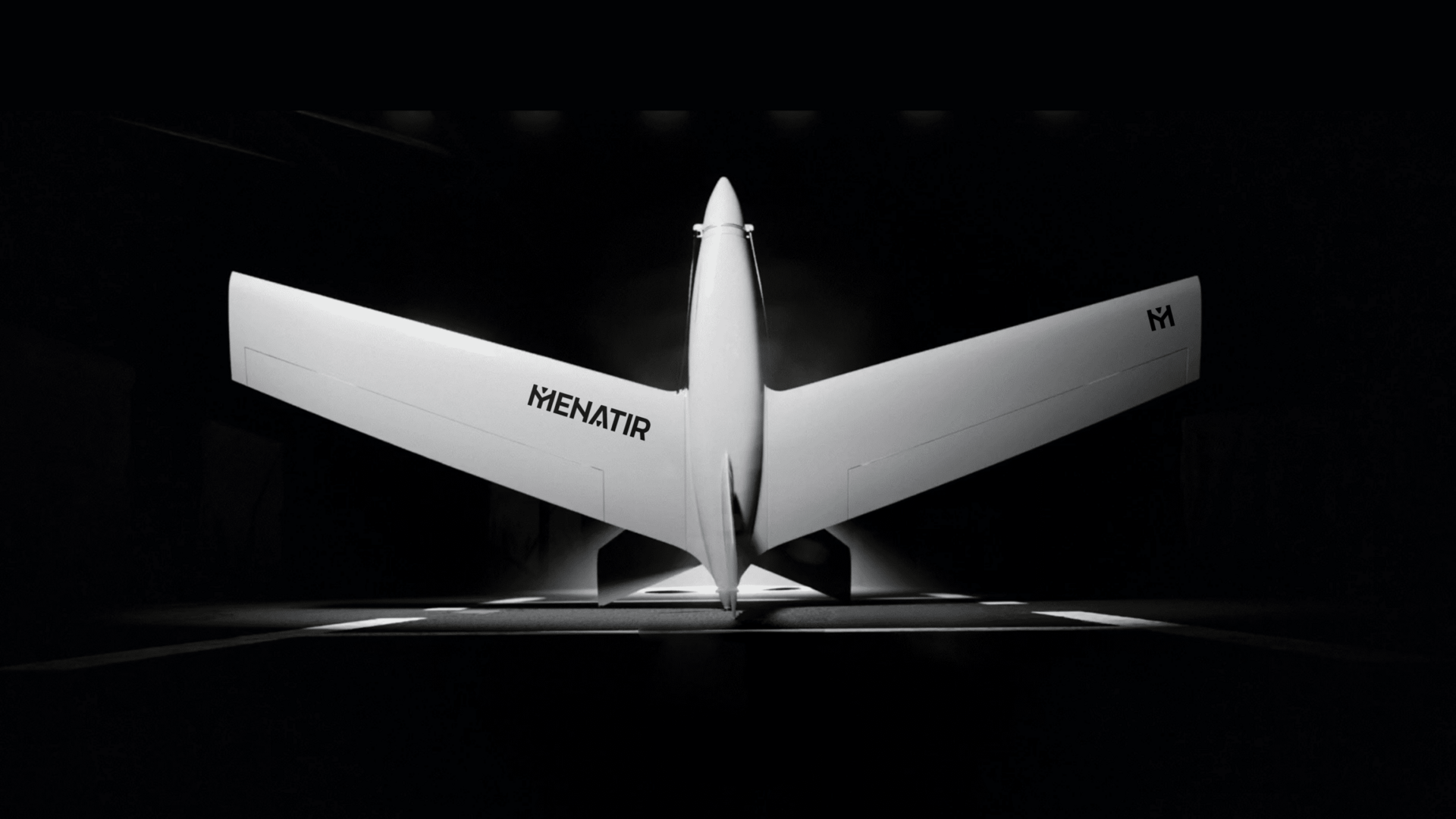By Oleg Krot
In old sci-fi movies about the 2020s, fully autonomous robots do everything without human operators: guard objects, transport passengers, prepare food and even raise children. However, the 2020s are already here, and such robots — not yet.
A similar story can be seen in the segment of fully autonomous drones. Most such projects are still in the development stage. Even industry giants like Amazon have yet to demonstrate a service that works correctly and without failure.
So why haven’t fully autonomous drones taken over the market, and why do most remote sensing services still manually launch their devices? And should we expect any changes in the next 2-3 years?
The need for operators prevents business scalability
For several years, our TECHIIA holding has included Culver Aviation company that provides services based on the Drone-as-a-Service model. Airplane-type drones of their own development can quickly cover and capture a large area with high precision. The obtained data, for example, enhance the efficiency of large agricultural enterprises or helps analyse the condition of extensive objects like highways or pipelines.
However, these aircraft are only conditionally unmanned like any other drones. They can fly along a predetermined route and capture images but require operator support for launch, landing, and data retrieval. This, in turn, hinders the scalability of projects under complex requirements.
Recently, I returned from one of the African countries where I studied the needs and peculiarities of the local market. Just imagine: there are 14,000 kilometers of gas pipelines there, more than the distance between Limassol and Los Angeles. They require regular inspection to prevent leaks, pressure drops, and other mishaps. It is challenging to fulfill such needs with traditional operator-based services.
Therefore, we decided to minimise the operator’s involvement by creating Menatir. It is a network of base stations in the form of containers, each capable of accommodating up to six unmanned aerial vehicles. With commands from the control center or programmed tasks, the aircraft takes off, carries out its mission, returns to the base, and uploads the data into the system. All of this is done without human intervention.
The coverage radius of one station is 45 kilometers. And a system comprising five stations allows monitoring an area of 1,500 hectares.
We recently completed testing this product and are transitioning to production. However, even though investments in the sector are increasing yearly, I anticipate that there will be few similar startups for now.
People are not ready to give up operators
It’s a paradox, but ultra-technological solutions don’t always become market mainstream. How many of your acquaintances use blockchain-based services? I don’t think many, even though the technology is not only intended for financial transactions.
People often dream of new possibilities, but when they appear, they cling to the old ways. Take the case of ChatGPT: people dreamed of robots that would do the work for them, but when they emerged, they became fearful for their jobs.
The drone market has similar fears, mainly related to safety concerns. Hence the significant offering of various drone operator courses: Homo sapiens want to preserve the illusion of control over their lives.
“The drone industry in America is at a crossroads. Fear still prevents Americans from performing safer, more efficient, and more productive missions using drones. We have a fear-based policy that restricts or prohibits certain drone operations.”
Three years ago, former DJI Vice President Brendan Schulman described the situation with drones in this way. What has changed since then? Leaving aside the philosophical part of the question, I will answer from a purely practical perspective. In the UAV market, segments of controlled drones that serve the agriculture, logistics, entertainment, and security sectors are growing. However, a fully autonomous drone still cannot deliver packages directly to your doorstep as a stable service.
Development of autonomous services — high initial costs
Complete automation of a UAV fleet is not cheap. Navigation chips for them already exist, but it is highly likely that time and resources will need to be spent on upgrading them to meet specific needs.
The main feature of an autonomous station is a hardware-software complex that, instead of an operator, analyses the drone’s readiness for flight and controls it at all stages — from takeoff to landing.
Typically, remote sensing companies spend money on buying drones and hiring operators. But if you decide to create an autonomous service, you will need your own development team and programmers who work with AI. And to develop the aircraft, you will need aeronautical engineers and electronics experts. Building such a team takes months if not years.
Our company has developed a “tail-sitter” type drone with five rotors: it takes off vertically, transitions to horizontal flight, and lands on its tail in a designated area after completing its mission. It took about two years, taking into account previous years of experience. Mass-market involvement in such development is highly unlikely.
The sector depends on regulators
I’ll mention blockchain again. When this information exchange system emerged, there was no regulatory framework for it. And even now, it is still lacking.
A similar situation exists with fully autonomous drones. Tested services exist, but legislation is lagging behind. I suppose that the ability of these systems to make decisions autonomously will require regulators to deeply study the subject in order to “consider all risks and safety issues,” as officials say.
However, demand and economic feasibility are accelerating the situation. The main problem with traditional services is the need for operators, which accounts for up to 95 per cent of the total service cost. I am confident that this model will change. Market demands will become drivers for updating regulatory policies regarding fully autonomous drones. We just have to wait a little longer.










Click here to change your cookie preferences